As an omnivore, traveling is pretty easy on my stomach. There’s nothing I won’t eat (or at least try once. Like those fried maggots in Thailand) and I don’t have any food allergies to worry about. Outside of an inability to handle spicy food, I’m pretty lucky. I know scores of travelers who’s food allergies and dietary restrictions make traveling to many regions of the world very, very difficult. Luckily, thanks to the web and apps, it’s become a lot easier to convey your dietary needs to shop owners around the world! In today’s article, I sit down with our community manager and fellow blogger, Chris, who has been a vegan for 12 years. He shares with us how he does it, his favorite resources, and his advice for the non-omnivores out there!
Nomadic Matt: Tell us about yourself!
Chris: I live abroad in “sunny” Sweden. I’m vegan, straight-edge, Buddhist, and balding. I’m also a huge nerd (I have a Star Wars tattoo and am a big fan of Dungeons and Dragons).
I grew up in small-town Canada, and after university, I intended to go to law school and get a respectable job, make mad cash, and live the Canadian Dream. I worked two jobs to put myself through school and was able to graduate without any debt. However, somewhere along the way I realized I wasn’t really loving the path I was walking.
Growing up, it was always assumed that if you did well in school, you were sort of obligated to go to university, get a good job, marry, have 2.5 children, etc, etc.
It wasn’t until after my first year of university that I finally had the space and time to really think if I wanted that path. While everything was going well – I was getting good marks, eating well (ish), and going to the gym every day – I didn’t feel challenged by my current situation. There had to be more to life than just jumping through hoops and building a routine. It was then that I gave up my plans of following the career-house-family model and started to look for alternatives ways of living.
How did you get into traveling?
Honestly, I think it all started when I was 10. My dad and I went down to Florida to Disney for my birthday, and — not surprisingly — it was an amazing time. I have lots of fond memories from that trip, though what stands out the most isn’t what you’d think. What started me down my road of travel? A seatbelt.
Some of you will remember the car company Saturn. They used to have a car with an automatic seatbelt. It was a cumbersome contraption, but as a 10-year-old, having just arrived in America for the first time, I thought it was amazing. An automatic seatbelt?! It blew my mind. I was captivated by it. I think that’s where it all started. From then on, I realized that there were so many mysterious and exciting things out there. And I wanted to uncover them all.
Ten years later, I was hacking my way through the jungles of Costa Rica. While there, I almost got killed by a jaguar while hiking in the rain forest. It had stalked my group to the top of a mountain, and when I was more or less alone it started to weave toward me. By the time it got close, my guide showed up and we scared it away (though it did stalk us for another few hundred meters). A week later I was chased by a crocodile while kayaking up a river (talk about bad luck, right!?). That trip rekindled my desire to travel and inspired me to change my priorities. I left university early and moved to Japan to live at a Zen monastery where I could have some time to figure out what I wanted to do in life.
I’ve more or less been traveling since.
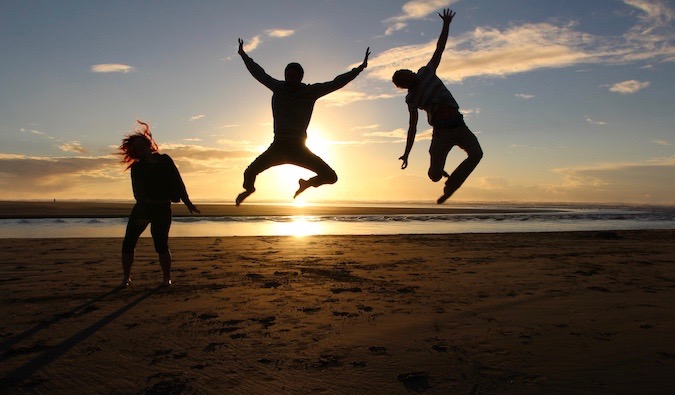
You’re vegan. Is it easy to travel as a vegan?
For the most part but it all depends on your destination and your preparation. In North America and Western Europe, most people understand what you mean when you say you’re vegan or vegetarian. Moreover, if they don’t understand, they likely speak enough English that you can clarify. Many cities in Europe are actually amazing vegan hubs (Berlin and Glasgow to name two).
The trouble arises when you visit somewhere with a high language barrier that also has very different cultural food norms. There are many countries in the world where being vegan/vegetarian is something uncommon and perhaps not entirely understood. In countries like this, the difficulty isn’t finding food — basic staples like rice and vegetables and fruits can always be found at markets and stores — but interacting with locals and having to explain your diet, which can come off as some sort of implicit judgment of their own diet. If you don’t do your research, you can get into some awkward situations.
As a vegan, we sometimes miss out on cultural exchanges. Having a local invite you into their home is something many travelers dream of but, as a vegan, this can be tricky as you now have to politely explain that you cannot eat the food they’re offering. It’s a fine, challenging line to walk.
What are some good resources and tools for vegans planning to travel?
Happy Cow is the go-to resource for finding vegan restaurants abroad; it’s like vegan Yelp. You can read reviews and find information about menus, hours, and locations. This is my main resource when I’m searching for good vegan grub abroad.
Another tool I use is Couchsurfing. While there are vegan groups there that you can browse, I just like to message local vegans directly and say that I’m coming to their city and would love to hear their suggestions. People are always happy to share their thoughts, and I’ve come away with some great tips from this. Not only can you ask about restaurants but you can inquire about good grocery stores for vegan options, as eating out every meal will get pricey.
Don’t hesitate to ask the staff of your hostel/hotel or the host of your Airbnb. They are equally valuable resources, too!
Lastly, there are lots of great vegan travel blogs, too. Some of my favorites are Burger Abroad, Justin Plus Lauren, Vegan Food Quest, and of course, my own blog, Lessons Learned Abroad.

Have you had any dietary mishaps while traveling?
Many! Just like every other aspect of traveling, your planning will only take you so far. Sometimes things go off the rails and you need to adapt.
When I was in Mongolia, my partner and I were invited to lunch by a local. We were a bit hesitant, considering our diets (my partner is vegetarian), but didn’t want to be rude. So we accepted. It turns out the family had already eaten — they just wanted to make us a meal. They served up some meat dumplings (there are not many cows in Mongolia, so I think it might have been horse meat), kimchi, and fermented milk green tea. Not exactly my standard vegan meal.
But we adapted.
I pretended to drink the tea while my partner downed her glass. We then covertly swapped cups so they wouldn’t notice, thereby leading them to think we both drank the tea.
I ate all the kimchi and then tried to gesture that I was full — they didn’t speak English, after all, so gestures were all I had. They insisted I eat some dumplings, and not taking no for an answer, I had to bite the bullet. I picked up a few and popped them into my mouth. As soon as they looked away I spat them out and put them into my pocket. They were so hot and greasy, they kind of burned my leg as they dripped through my pocket but I played it cool.
After the meal we all went outside and their dogs started hounding me. I tossed them the scraps, and no one was the wiser.
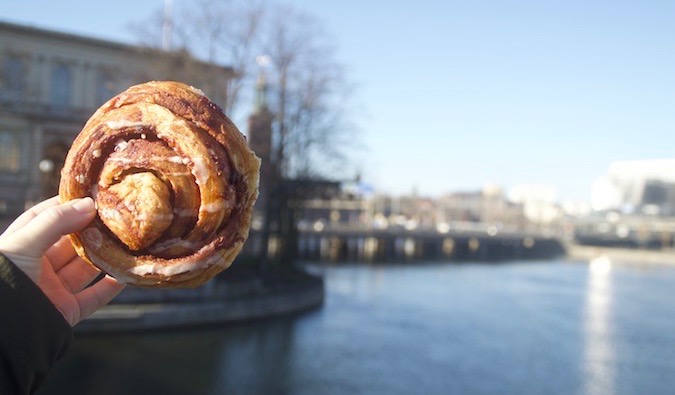
How do you get over the language barrier and let someone know your dietary needs?
There are three basic ways to do this:
- 1. Write it down. I write down phrases in my notebook for each country I visit. I’ll write down things like “I do not eat meat” so that I can show it to servers at restaurants. I’ll write it in the local language, and then phonetically in English so I can read it aloud without too much embarrassment. This is my standard method — which probably hints at just how old I am — though I am slowly coming around to this next method.
- 2. Use Google Translate. If you have Internet access, then Google Translate is a great method. To be safe, I suggest downloading the necessary languages so you have access offline. You can also use the app to take photos of menus and translate them, which has been super helpful on many occasions!
- 3. The Vegan Passport. This little book has helpful vegan phrases you can use as you travel. There are versions in around 80 different languages, making it a pretty handy resource for an RTW trip. It costs around $10 but could likely save you some trouble on the road.
Where are the best places in the world to travel to as a vegan?
Nowadays you can find vegan restaurants pretty much everywhere. That being said, there are a few places in the world that showcase some impressive offerings. NYC, Berlin, Toronto, and Austin are all great vegan hubs. I’ve had some of the best food of my life in those cities. Additionally, countries with a higher percentage of vegetarians and vegans (like Germany or Sweden) also make it easy to find vegan food products in grocery stores, covering you for all those days you don’t want to eat out (or can’t afford to!).
Are there any places that are really difficult?
Not surprisingly, I found Russia, Norway, and Mongolia to be challenging as a vegan. Essentially, if a country doesn’t grow many fruits or vegetables then you are sort of out of luck for a lot of options. Don’t get me wrong, I loved all three place but my diet there was mostly bread and unflavored instant noodles. There just weren’t a lot of options.
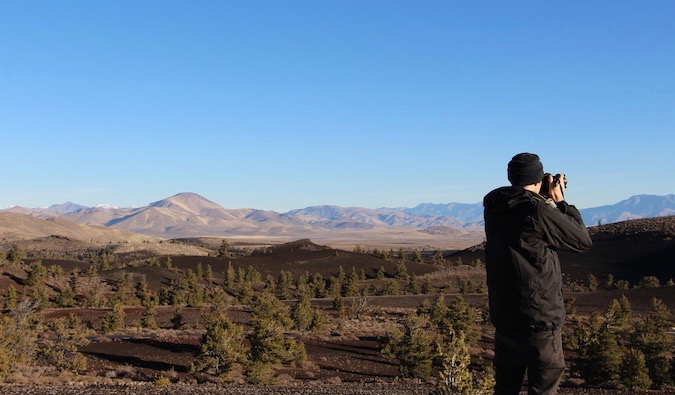
How do you manage in countries with few vegan options?
Plan ahead! Always travel with some extra granola bars or trail mix from home. This will keep you covered during those few instances when it is hard to find a proper meal. I took 30 power bars with me to Russia and ate almost 100 granola bars during my 800km walk along the Camino.
Traveling as a vegan means your meals will not always be glamorous. Making your diet a priority, you sometimes will end up having some pretty bland and unexciting meals. It won’t always be awesome vegan food, so be prepared for those rough patches by bringing some backup snacks. You’ll thank me later.
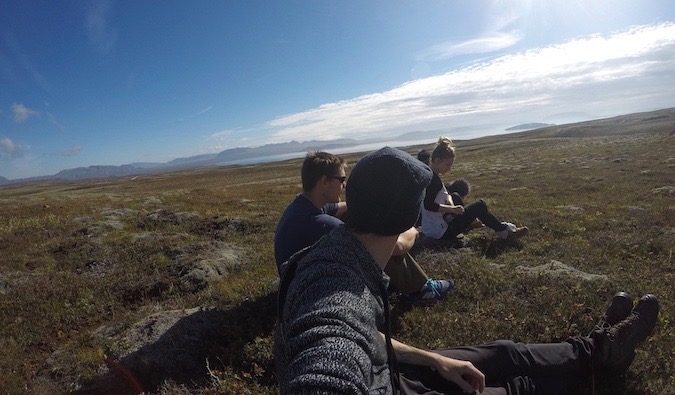
You’re an avid Couchsurfer! Many people are put off by Couchsurfing, since you are essentially staying with a stranger. Why do you like it?
Honestly, CS is my favorite way of finding accommodation precisely because you are staying with a stranger. I like it better than hostels because you generally have more privacy and it is quieter than hostels (no snoring backpackers!). You also get to connect with a local who can answer all of your travel questions. This is a priceless resource, making CS worth its weight in gold! On top of that, there are lots of events and meetups available on Couchsurfing, which are great ways to meet other locals and travelers. The fact that it is free is just the icing on the cake.
What tips do you have for those considering Couchsurfing as a means of find accommodation?
If you are planning on using Couchsurfing as your primary accommodation resource, you’ll want to do at least these three things:
- 1. Get verified. This means you pay a small fee and have your address and phone number verified. You can also send in a copy of a passport, too. What this does is show everyone you’re a legit human being and not someone trying to scam the system.
- 2. Add tons of photos and information to your profile. Be detailed, so everyone can get a sense of your personality. Share your favorite movies and books, your past trips and adventures, and anything else you think is interesting! Hosts generally prefer to have guests that they share interests with, so this is the best way to find like-minded CSers.
- 3. Get references. References are the backbone of Couchsurfing. Without them, you’ll almost never find a host. Find friends or coworkers who can vouch for you so that you have some references before you travel. That will increase the odds of you finding a host tenfold.
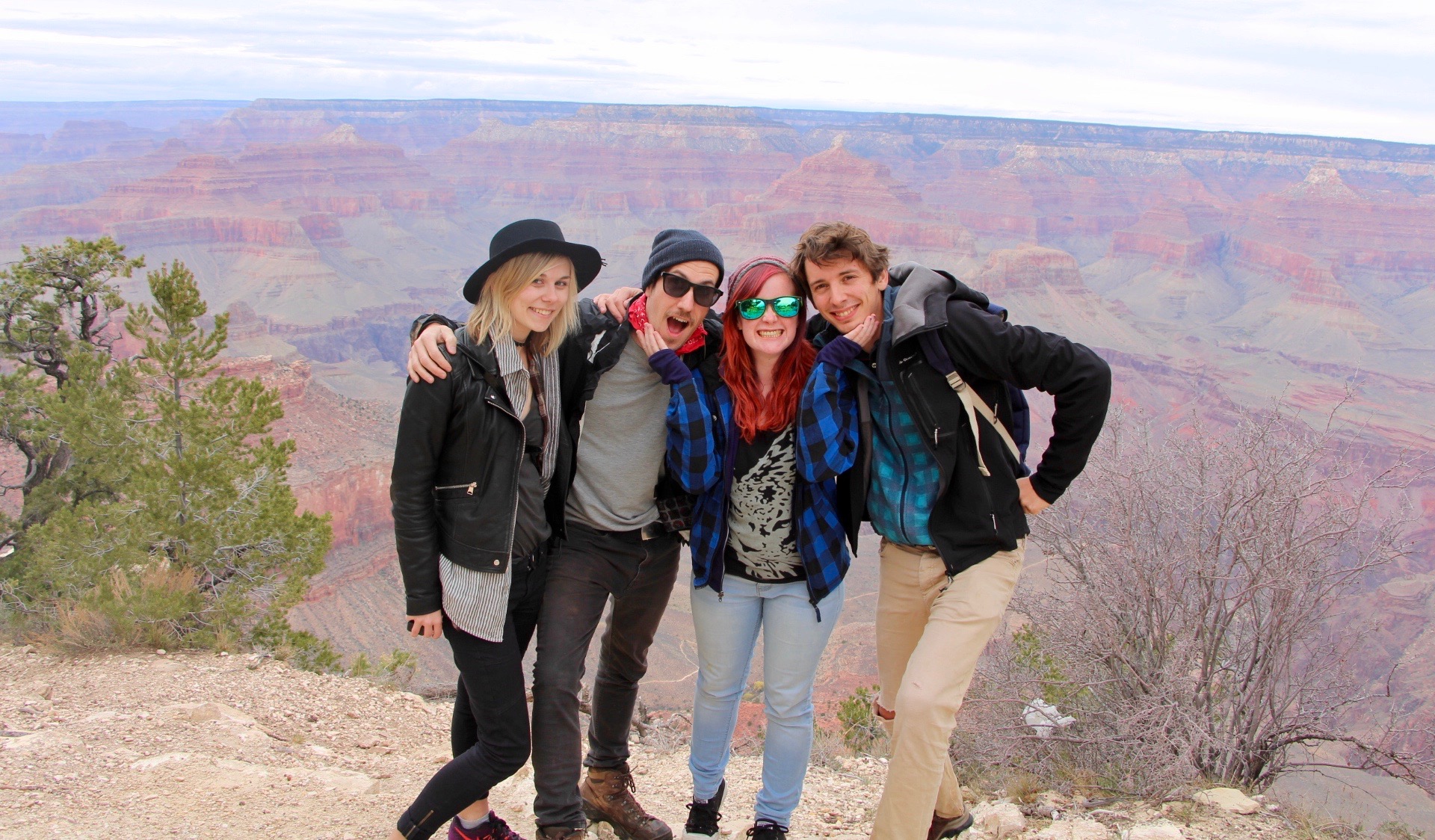
You’ve been traveling for a while. What’s your #1 tip for new travelers?
If I had to boil down everything I’ve learned into one tip it would be this: slow the heck down. I’ve seen too many people rush around, trying to check countries off their bucket list, only to spend most of their trip on buses and planes and trains. Rushing around really takes away from the experience; you are too hurried to really stop and smell the roses. Sure, you may get some great photos for your Instagram, but there is much more to traveling than that!
By slowing down, you really start to soak up each destination. You allow yourself more time to get off the beaten path and to embrace new opportunities as they arise. If you are rushing around, you won’t be able to change your schedule if you find a place you really like. Or what if you meet some cool people who invite you to tag along on their journey? This wouldn’t be possible if you were committed to a hasty itinerary. It’s also cheaper since you won’t be spending so much time and money on transportation!
So, when it comes to traveling, remember: less is more.
source:nomadicmatt.com
